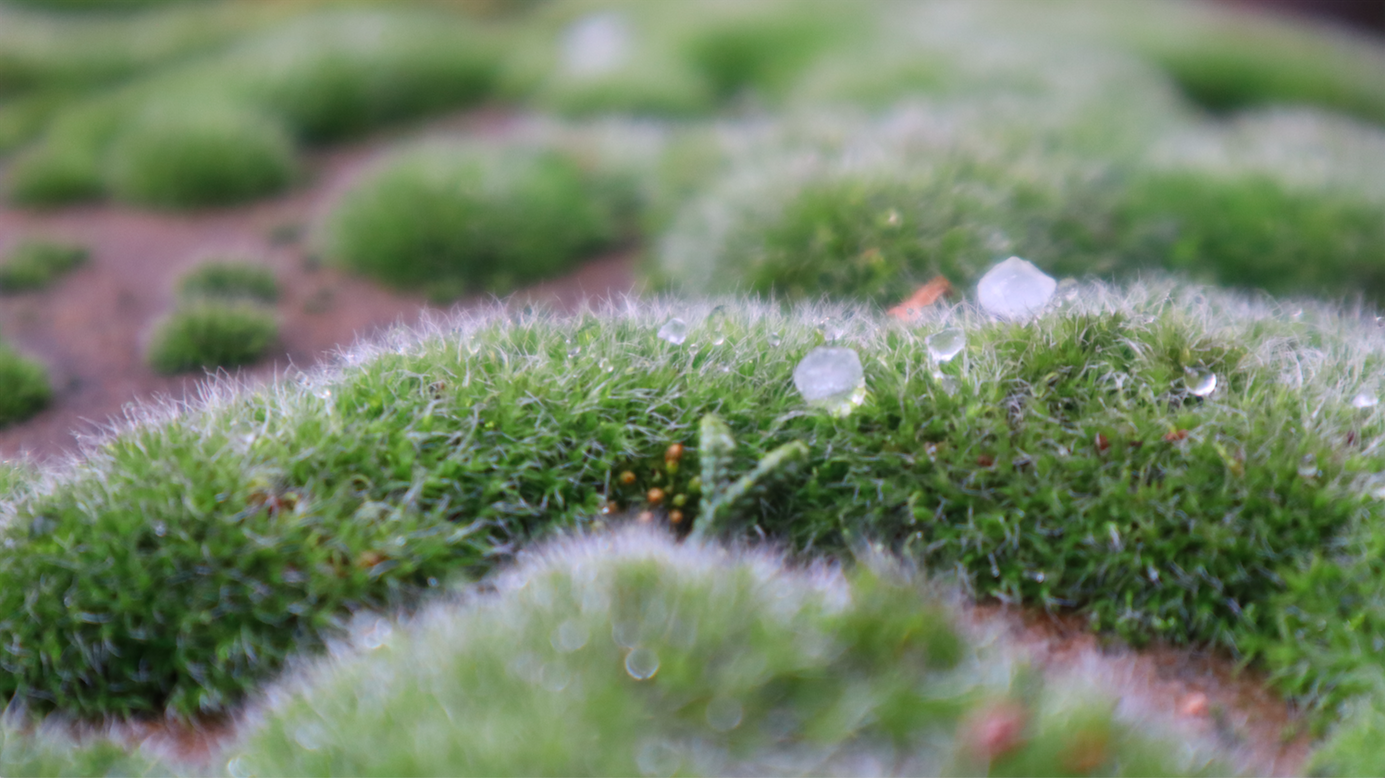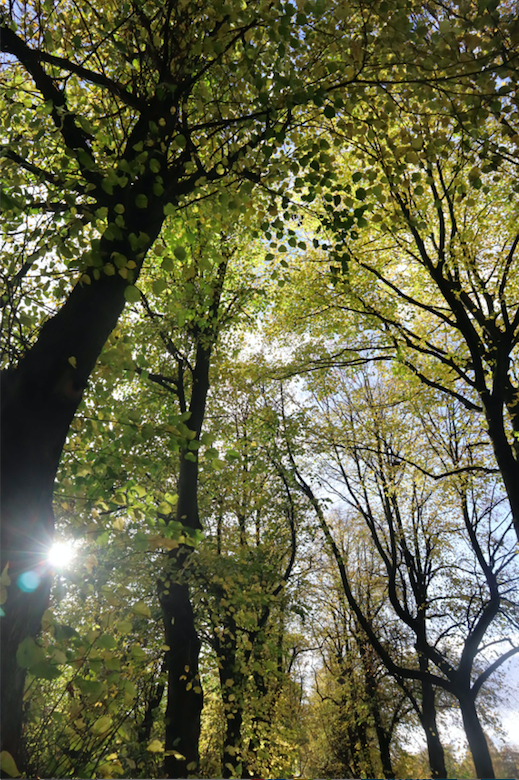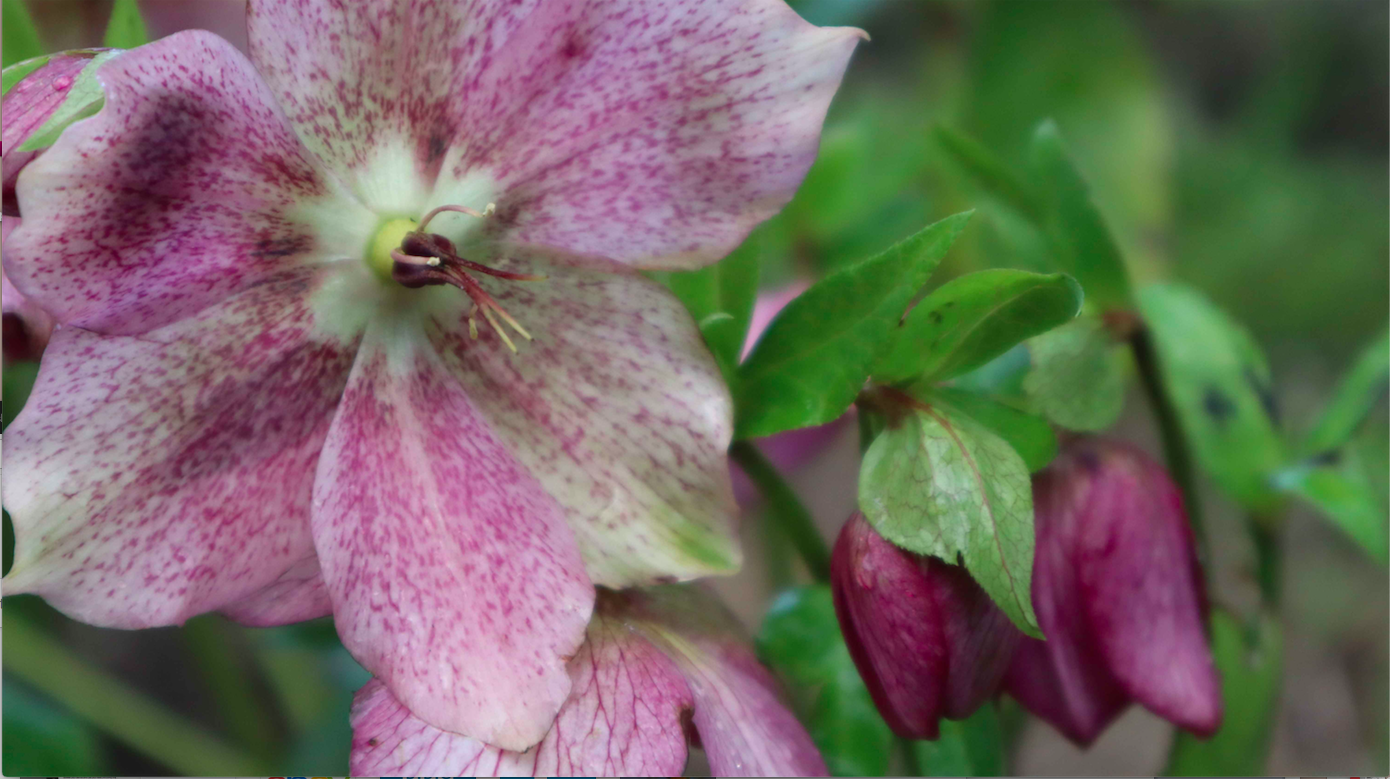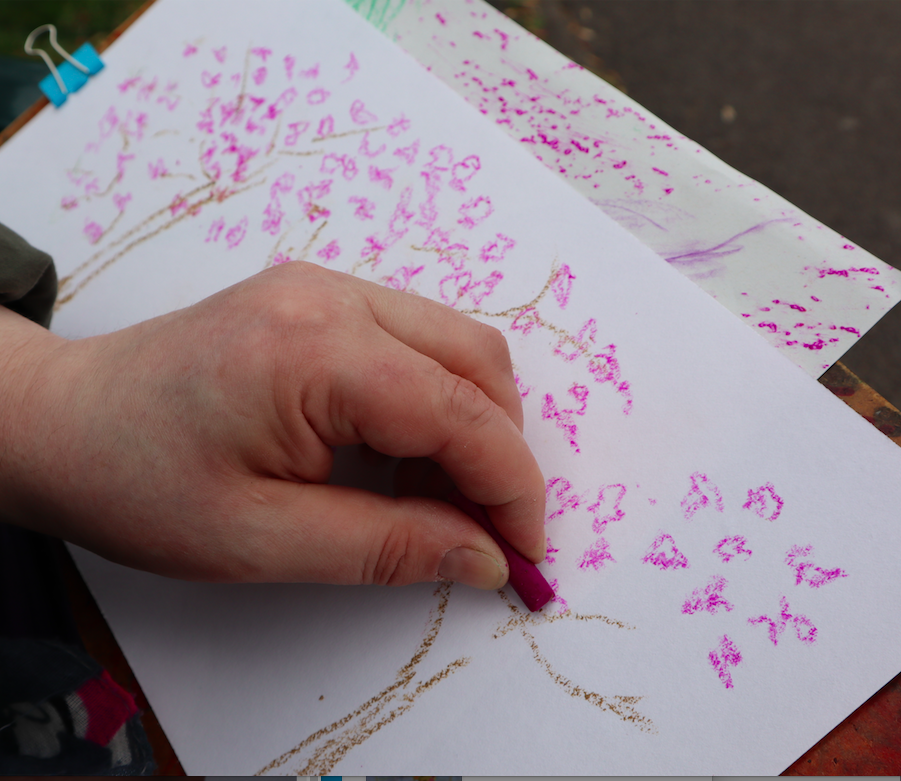
Mapping Manchester’s Quiet Spaces
tlc-art+drop-in projects
lead : Rae Story
arts-based ways of connecting with nature for mental health
www.mappingmanchestersquietspaces.org
part of tlc art+drop-in projects:
http://www.tlcstlukes.co.uk/
tlc-art+drop-in projects
lead : Rae Story
arts-based ways of connecting with nature for mental health
www.mappingmanchestersquietspaces.org
part of tlc art+drop-in projects:
http://www.tlcstlukes.co.uk/
Partners:
Pool Arts
The Whitworth Art Gallery
The Portico Gallery
Elizabeth Gaskell’s House
Hulme Garden Centre
Back on Track
Parrs Wood Environmental Centre
The University of Manchester
Manchester Metropolitan University
Emily Hayes
Nigel Wood
Naomi Kendrick
Pool Arts
The Whitworth Art Gallery
The Portico Gallery
Elizabeth Gaskell’s House
Hulme Garden Centre
Back on Track
Parrs Wood Environmental Centre
The University of Manchester
Manchester Metropolitan University
Emily Hayes
Nigel Wood
Naomi Kendrick

MMQS grew organically out of the work that I have conducted in my role of Media Artist at St Luke’s Art Project over many years.
Using different methods of recording our environment - drawing, mapping, photography and sound recording in particular took us out of the studio and into local streets, parks and gardens. In these spaces, we began to look and listen closely and experience the immediacy of our senses and of the places we were visiting.
What we noticed was that during these workshops and projects over the years we felt better when we were outdoors in green spaces and meaningfully engaged in creative processes of looking, recording, creating and sharing. One very notable moment was showing a slide show of images from the summer workshops accompanied with a soundscape of our own field recordings played at an exhibition in January/February 2016 (so in the depths of winter) and people reported feeling so much better just from sitting in that multi-media experience and immersing themselves in the imagery of the trees, plants and flowers of the nature-based workshops that we had undertook. This was the beginning of thinking more concretely about the impact of exposure to nature on our mental health and well-being. Talking to the group, lots of participants experience noise levels in the city to have a detrimental impact on their state of mind and they enjoyed to attention and focus brought about by listening practices helping us to focus in on the quieter and more gentle sounds in our envrionmet. And se we launched this project.


“ I really enjoyed the workshop - the trees and plants and flowers - in the sunshine, it just felt so good, there is definitely power in the colour green!”
What benefits do breathing spaces create in our lives, communities and cities? How is mental health shaped by our lived-environment?
What can we do as individuals and societies to improve the way we feel and take care of our mental health through contact with nature?
 Outcomes:
Outcomes:People report feeling much better after these outdoor nature-based sessions. Arts-based techniques enable people to stay with their subject for longer than if they were just on a walk and passing things by, or by just sitting and looking.
People are more confident, and beginning to access some of these ‘breathing spaces’ on their own without us, and beginning to notice how they can change their state of mind and improve their well-being – themselves.
We also find people are finding ways to articulate their experiences and feelings through the Creative Writing Sessions and reflection practices that we build into the sessions. Much of what we have found is evidenced in the GHIA 2020 report on Nature and ageing well in towns and cities: Why the natural environment matters for healthy ageing www.ghia.org.uk

Here are some connections that have been co-created during these sessions:
1) Connecting with each other – we promote discussion, reflection and sharing of experiences, people learn how to listen to be listened to . We invite new people from our partner organizations so there is plenty of opportunity to meet new people and make new connections, learning how to be together with different people.
2) Connecting with nature – people are not just present in a natural environment, they are creating meaningful contact with nature, gaining new experiences in nature and learning ways of engaging with nature, as well as the benefits that are inherent and evidenced from just being in nature.
3) Connecting with places – as we move around our local environment and build up a history together of sessions in different places we are linking people with these places in new ways. People are creating their own meaning and a sense of belonging to local parks, green spaces, heritage sites, and centres.
4) Connecting memories: when we connect with local ‘breathing spaces’ through our creative activities we are creating meaningful memories which builds appreciation and affection for these local places, and embeds positive experiences. This provides points of reference linked to local spaces and integrates people together over time and in space. The shared experience extends from moment into memory and becomes interwoven in the person’s life, and part of how they see and feel about themselves, each other and their environment.